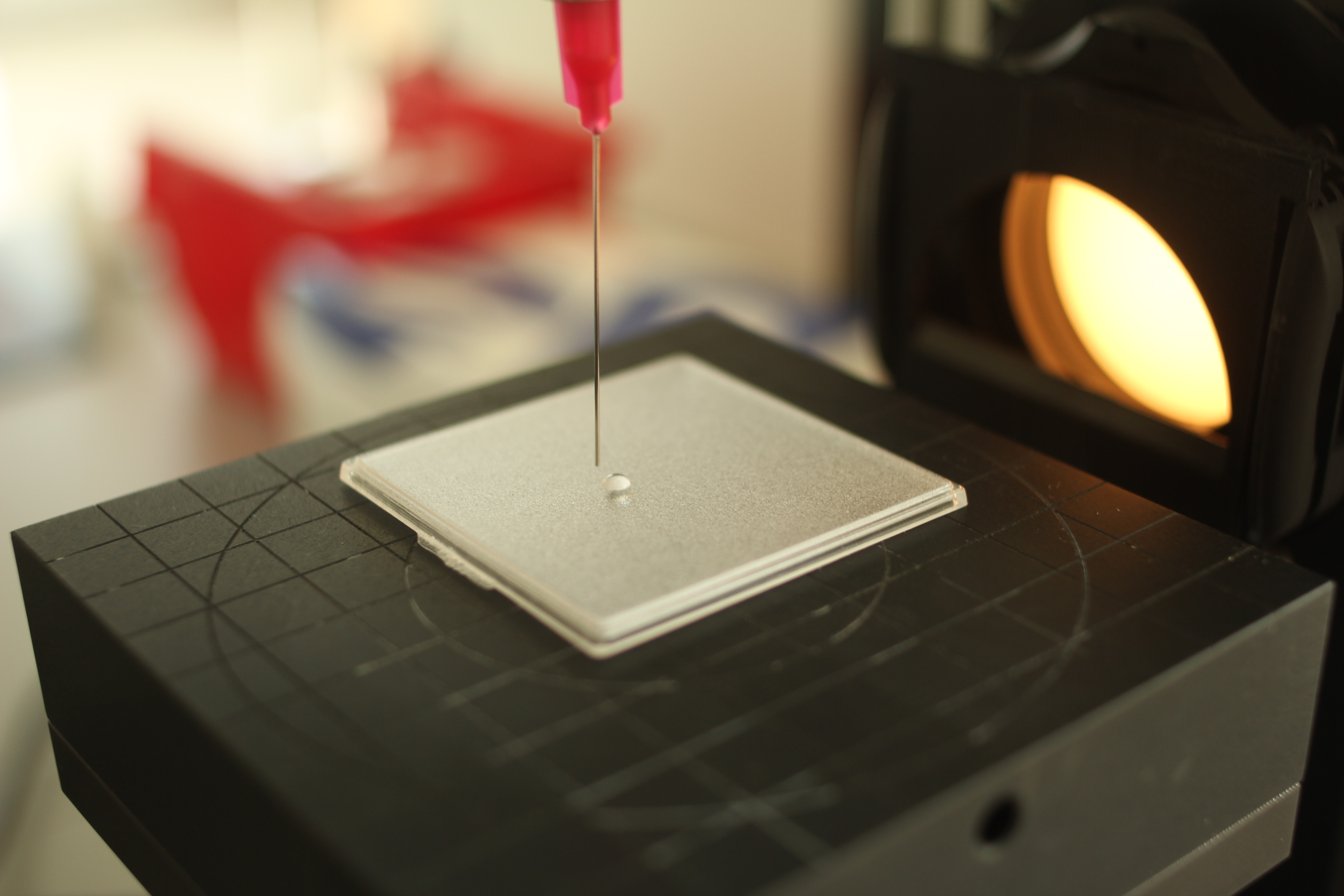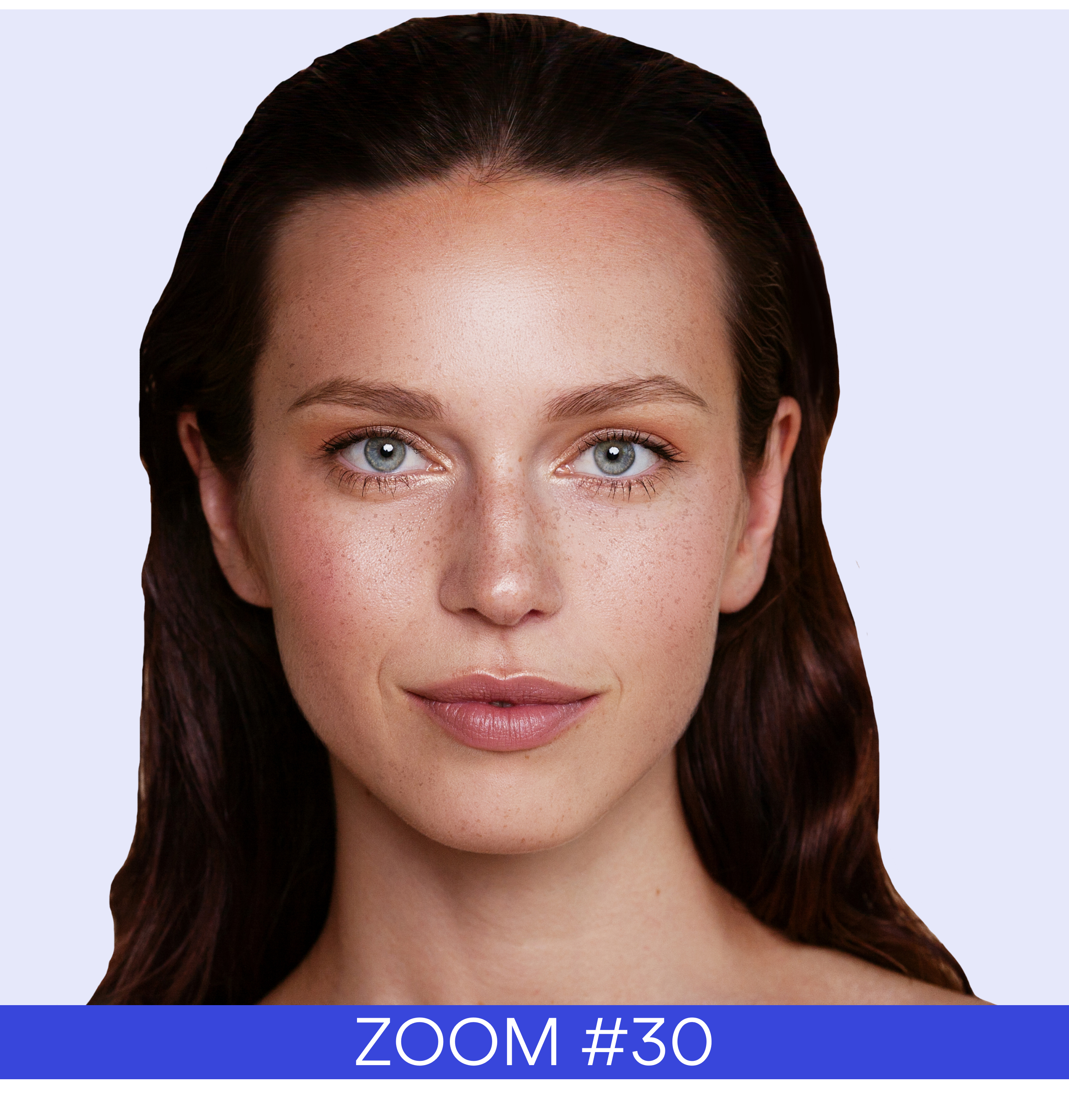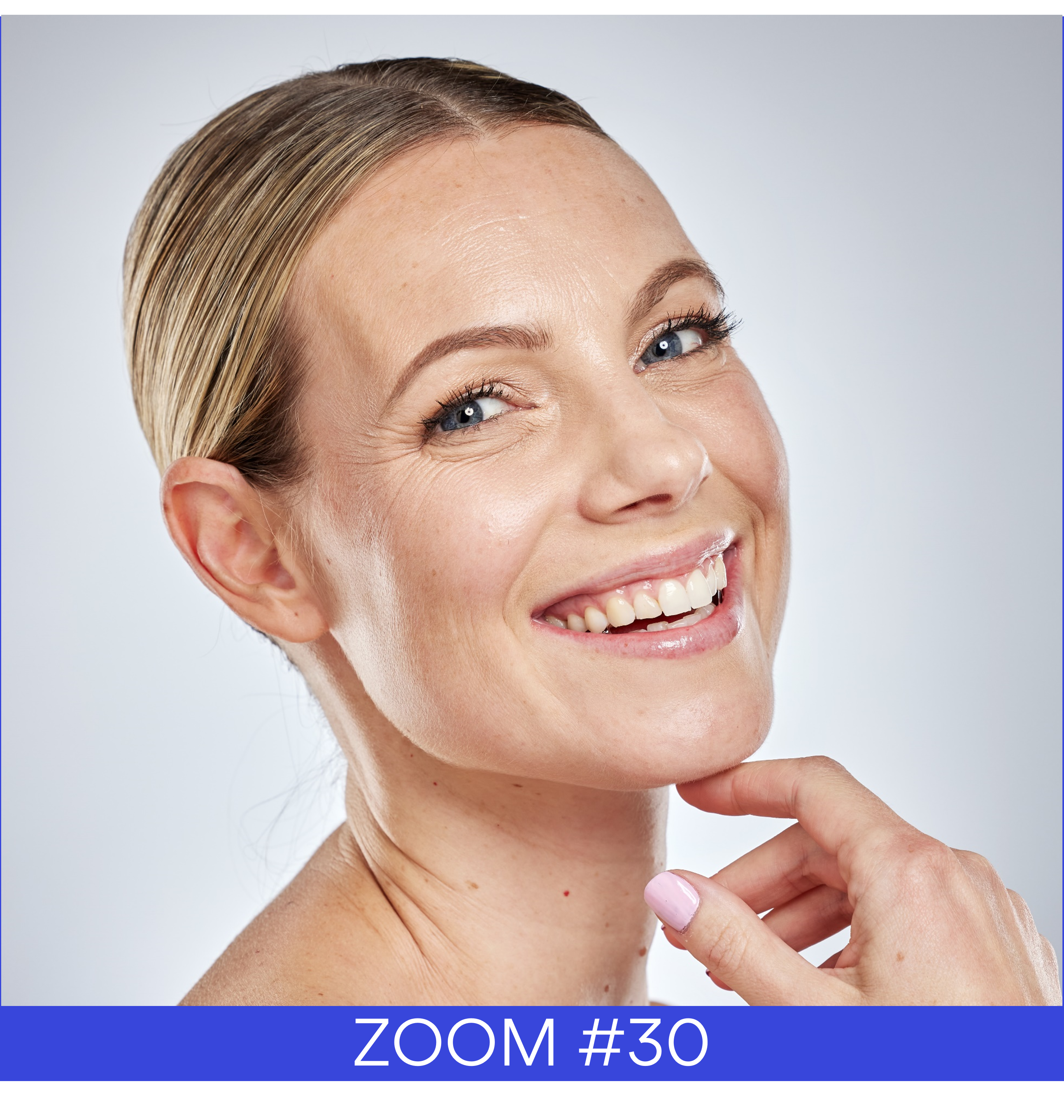Oct 27, 2015 By: S. Miksa, D. Lutz and C. Guy, HelioScreen, Creil, France
Editor’s note: Proposed here is an in vitro method to test sunscreens for photostability. Part I sets up the protocol, Part II details the test method, calculations and results, while Part III outlines a new photostability label claim concept based on the results.
One paradox of organic sunscreens is that in order for them to protect against UV radiation, they must be exposed to it, which induces their photochemical degradation and, in turn, a progressive loss in efficacy. This intrinsic characteristic is due to the susceptibility of the filters, absorbing and restoring energy in different chemical ways.
While each UV filter has a specific photo behavior, that behavior is modified based on the stereochemical state of the formula. As a result, different formulas may have different photo behaviors even with the same sets of filters. This means photo-instability can be reduced and even avoided by the right balance in a formula; and there are plenty of patents on this topic. However, it also means photo-instability can be enhanced due to bad stereochemical conditions. So while photo-instability is not a contradictory property for UV filters, it can be for formulations. Therefore, this parameter must be studied for each formula; unfortunately, this is not always the case.
Recently, issues have been raised over unstable sunscreens and lost photoprotection. In relation, most experts would agree that indicating the photostability of a product would be of compelling interest for consumer safety. Different methods have been proposed to determine photostability, including: UV transmission measurements,1-9 analytical chemistry techniques based on HPLC dosage,10 and in vivo methods by means of Diffuse Reflectance Spectroscopy (DRS).4 Despite great efforts, methods based on photostability percentages are still not validated, and most are not used mainly due to their lack of inter-laboratory reproducibility.
The important task of developing a reliable and reproducible photostability test method was registered by the International Organization for Standardization (ISO) in 2012 as Preliminary Work Item (PWI) 18607. Unfortunately, it was cancelled11-13 due to controversy over the predictive value of in vitro observations in relation to in vivo realities during sun exposure. Other reasons included the complexity of the available methods, and the fact that photostability behavior, as defined by some countries, already appeared to account for official in vivo or in vitro methods.14-17
Regarding this last point, it is important to clarify some common confusion between pre-irradiation and photostability behavior. Pre-irradiation is a necessary step in the process to obtain a Sun Protection Factor (SPF) or UVA Protection Factor (UVA-PF). It occurs without any knowledge of the photo-chemical behavior of the product itself. In the case of photostability, however, tests should be designed to understand the physical-chemical behavior of the product under UV exposure—and without any knowledge of the end SPF or UVA-PF results. Further, while various methods use SPF or UVA-PF values to calculate photostability percentages, few represent photodegradation in terms of the residual efficiencies of the UV A+B components of a product.
It is important to remember the photo-behavior of organic UV filters is a chemical process and not influenced by biological efficacy. In addition, most irradiation appliances deliver a great quantity of heat, so degradation may be due to effects of temperature. While improvements to cool the exposed surface with air have been made, they can lead to false results.18 Thus, it is not easy to determine, in a practical way, the real photostability of a formula.
The aim of the present work therefore was to develop a reproducible, dynamic method to measure photostability based on the residual efficacies of UV A+B parts in a formula. By using different doses of UV exposure, samples also could be ranked in order of stability—potentially providing new label claims. To accomplish these goals, 107 marketed sunscreens in different categories were evaluated using a strict procedure, described herein.
Critical Protocol Considerations
Each key parameter used for the described method is recognized worldwide and described in the ISO in vitro standard16 as well as recent publications.18-20 This procedure must be strictly followed and controlled since each aspect can impact the degree of photodegradation occurring in photo-unstable products during the UV exposure phase of the test. Thus, if the present method is used for photostability labeling, it is recommended that the final report contain the following information, to ensure the reliability of results:
- substrate plate manufacturer and batch code with quality certificate;
- appliances and models used, with calibration documents, for spreading, UV analysis and solar simulation;
- application rate of sunscreens;
- temperature at the product/substrate interface;
- results of UV A+B residual efficiency % for each measurement; and
- reference to the presently described test method.
As noted, to represent the multitude of sunscreen products on the market, various types were studied, including: emulsions, oils, alcohols, lipsticks and powder. In total, 107 products were used to determine photostability categories in a reliable manner.
Test Procedure Overview
Following are the main steps of the test procedure; specific details of the method and criteria selected are given in the next sections of the article.
1. Conduct calibrations and validations of the: i) properties of the test plates; ii) environmental conditions such as temperature at the substrate surface; iii) automatic syringe and balance used for product application; iv) automatic/mechanical robot or device used for product spreading; v) UV spectrophotometer used for transmission/absorbance measurements; and vi) UV exposure source for irradiation, including the UV radiometer or spectroradiometer used.
2. Conduct blank measurements of a glycerin or white petroleum-treated plate for the reference “blank” to compare with subsequent absorbance measurements.
3. Spread the sunscreens in an automated manner onto molded polymethylmethacrylate (PMMA) plates. Take at least three replicate in vitro absorbance measurements after a 30-min drying step and prior to any UV irradiation; this establishes the initial UV spectrum or T0 (λ) data.
4. Expose the product-treated substrate to a first UV irradiation dose of 4 MEDs.
5. Measure the in vitro absorbance of the sunscreen after the first UV exposure to establish a second UV spectrum, or Tt1 (λ) data.
6. Expose the product treated-substrate to a second UV irradiation dose at 4 MEDs, for a total of 8 MEDs.
7. Again measure the in vitro absorbance of the sunscreen after the second UV exposure to determine a third UV spectrum, or Tt2 (λ) data.
8. Calculate two UV A+B residual efficiency percentages; one for the first UV exposure dose, and the other for the second UV exposure dose.









 Follow us on Linkedin!
Follow us on Linkedin!